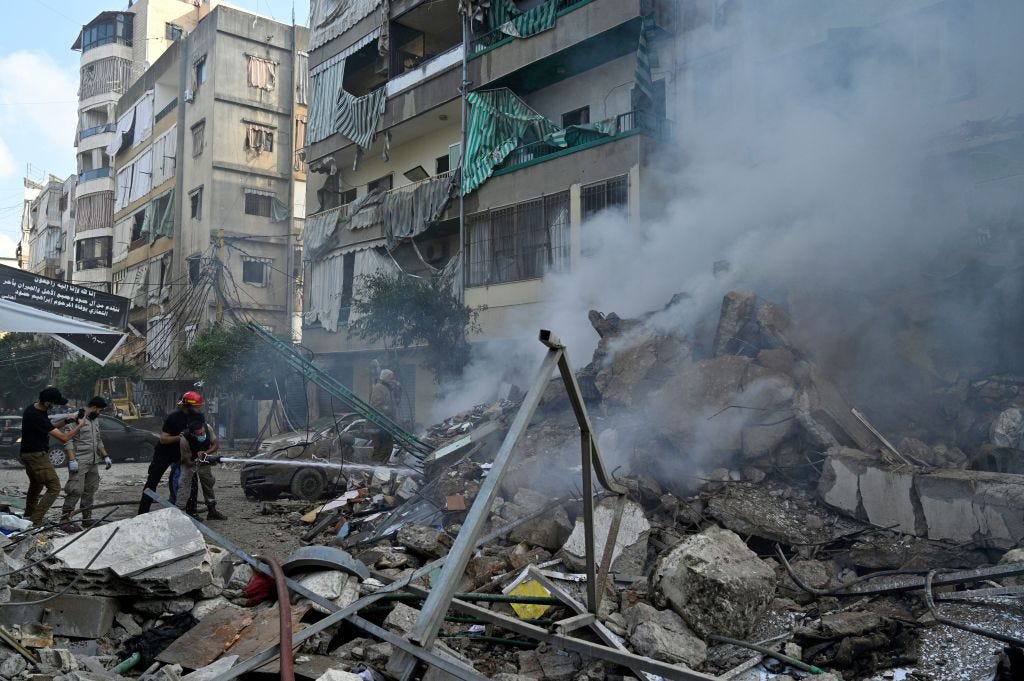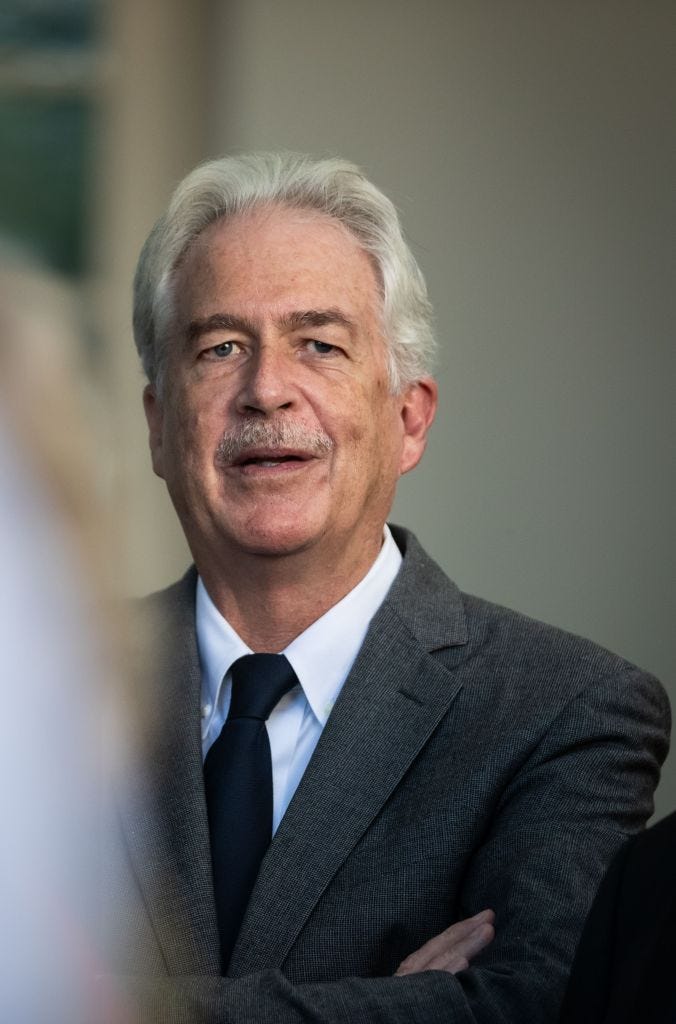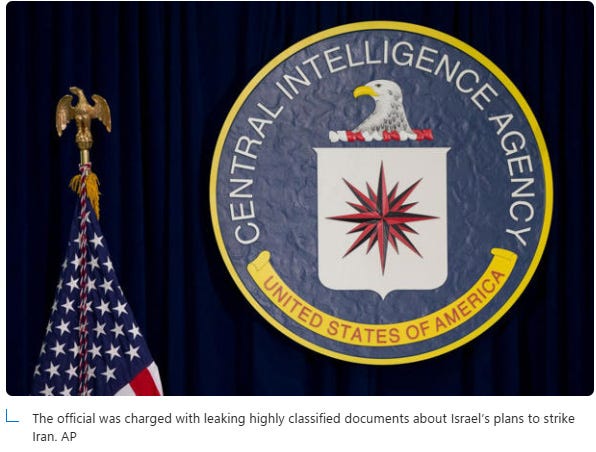CIA official with top security clearance charged for leaking highly classified docs about Israel’s plans to strike Iran
More than one million people have access to top-secret materials in the US. An additional 1.6 million also have access to either information regarded as confidential or secret, data shows.
By Emily Crane, Caitlin Doornbos and Ronny Reyes
November 14, 2024
A CIA official has been charged with leaking highly classified US intelligence about Israel’s potential plan to retaliate against Iran for a missile strike earlier this year.
Asif W. Rahman, who worked overseas for the agency and held a top-secret security clearance, was arrested by the FBI in Cambodia on Tuesday and indicted under the Espionage Act, the New York Times reported.
His arrest comes after the top-secret materials started circulating online last month detailing Israel’s apparent intention to hit back at Iran after the country launched a barrage of missiles back on Oct. 1.

The files, which were prepared by the National Geospatial-Intelligence Agency, in part detailed satellite imagery tied to the potential Israeli strike, as well as the various kinds of missiles on hand. They were posted by a telegram account called “Middle East Spectator.”
Retired Israel Defense Forces Brigadier General Amir Avivi warned that the leak could have repercussions on Israel-US relations, as the Jewish state places great trust in America when it shares its plans.
“I think it’s crucial that Israel knows that when they give information or the transformation, it’s not leaked, and there must be strong trust [that intel is going] to be treated the way it should be treated,” Avivi told The Post. “It’s a very serious event.”
The top-secret files were only meant to be seen by those with proper clearance in the US and the other members of the “Five Eyes” intelligence alliance — Australia, Canada, New Zealand and the United Kingdom.
Retired Gen. Jack Keane, a former US Army vice chief of staff and chairman of the Institute for the Study of War, said it was “outrageous” that a government employee with high clearance was behind the leak.
While Keane said the leak had a minimal impact, as it did not reveal key aspects of the operation Israel went through on Oct. 26, it was still serious nonetheless.
“Now that they’ve actually caught this guy, it serves as a deterrent” from future government leaks, Keane told The Post.
The Middle East Spectator said it had received the documents through an anonymous source — and that it had no connection to the original leaker, nor could it verify the authenticity of the documents.
The FBI had revealed last month that it was probing the source of the leak, saying at the time it was “working closely with our partners in the Department of Defense and intelligence community.”
The indictment doesn’t provide exact details on the nature of the leak but says it occurred on or around Oct. 17.
The intelligence described in the documents was based on satellite imagery taken from Oct. 15-16.
Investigators believe the leak took place in Cambodia, according to court papers.
Rahman’s clearance with the CIA meant he had access to sensitive compartmentalized information, which is typical of employees who handle classified materials.
In the wake of his arrest, Mick Mulroy — the former deputy assistant secretary of defense for the Middle East — stressed that safeguarding such materials should be the “highest priority” for an intelligence agency or employee.

“It is very troubling to know that a CIA officer may of been involved in leaking this highly classified information,” Mulroy, who is also a non-Resident Senior Fellow at MEI, told The Post.
“Everyone is entitled to the presumption of innocence, but if true, this is a serious security breach and there is no excuse for it.”
“This protection is critical to protecting the sources and methods of our intelligence collection and covert operations rely,” he added.
More than one million people have access to top secret materials in the US, according to the latest available figures from 2017. An additional 1.6 million also have access to either information regarded as confidential or secret, data shows.
Once doled out, security clearances are reviewed constantly in a process officials describe as a “continuous vetting,” meant to ensure that any new threats a cleared employee presents are caught swiftly.
The process, which was overhauled by the Defense Department about two years ago, involves regularly reviewing a cleared individual’s background to ensure they continue to meet security clearance requirements.

Rahman’s arrest came the same day that Pentagon leaker Jack Teixeira was sentenced to 15 years in prison after admitting that he abused his security clearance to shared highly classified military documents about the war in Ukraine on Discord last year.
Despite being a low-level Massachusetts Air National guardsman, the 22-year-old still held a top-secret security clearance that allowed him to transfer the classified material from government computer networks.
It came, too, as President Donald Trump revealed he was nominating Fox News personality Pete Hegseth for secretary of defense – in a major shakeup that stunned political observers.
While the CIA is independent of the Department of Defense, President Trump vowed that “America’s enemies” would be on notice with Hegseth at the helm.
Rahman, meanwhile, has been charged with two counts of willful retention and transmission of national defense information.
He will be brought to a federal court in Guam to face the charges before being transferred to stand trial in the Eastern District of Virginia.
With Post wires
READ MORE:
Share or comment on this article.
Your support is crucial in exposing fake news and in helping us defeat mass censorship.




